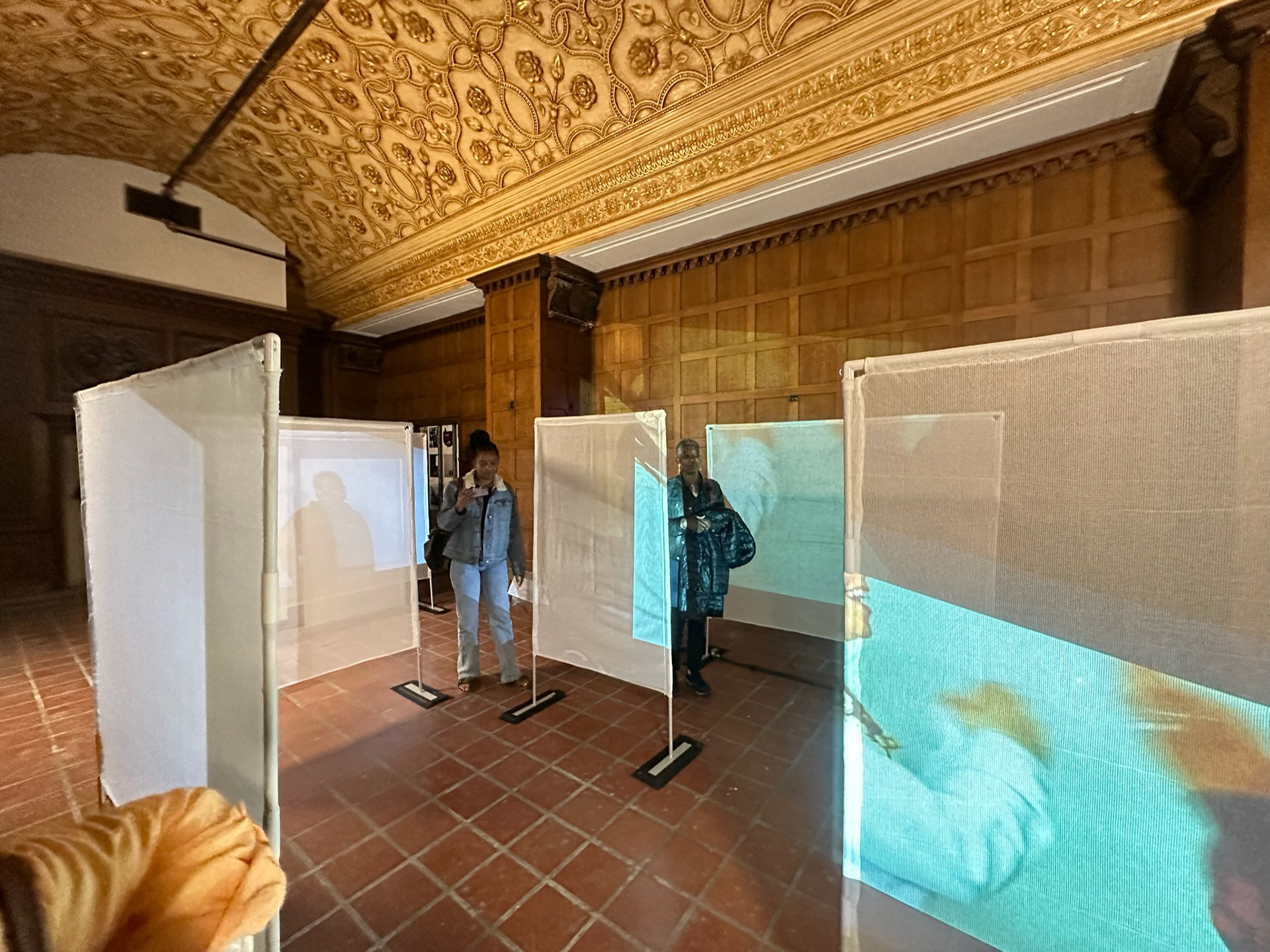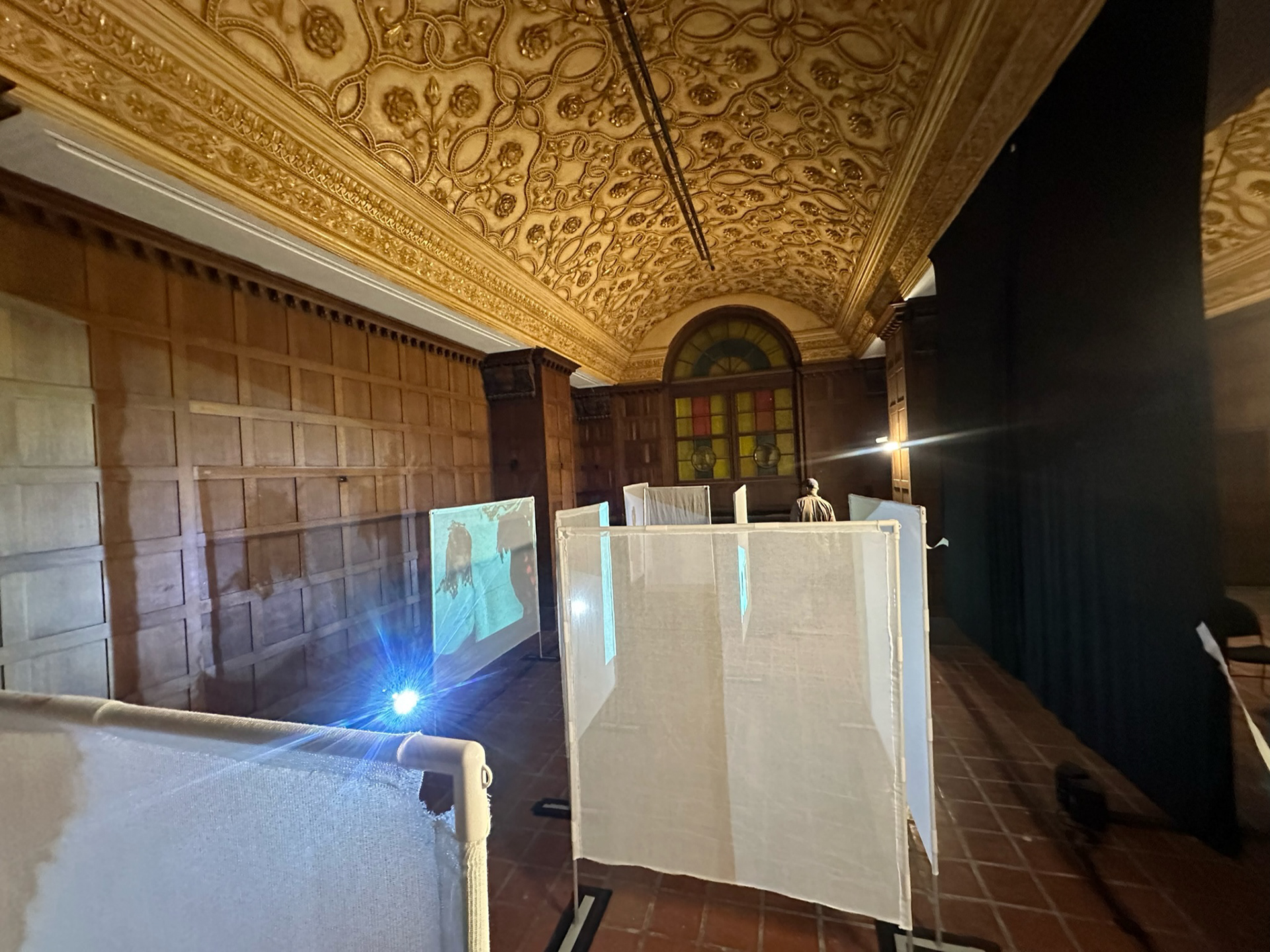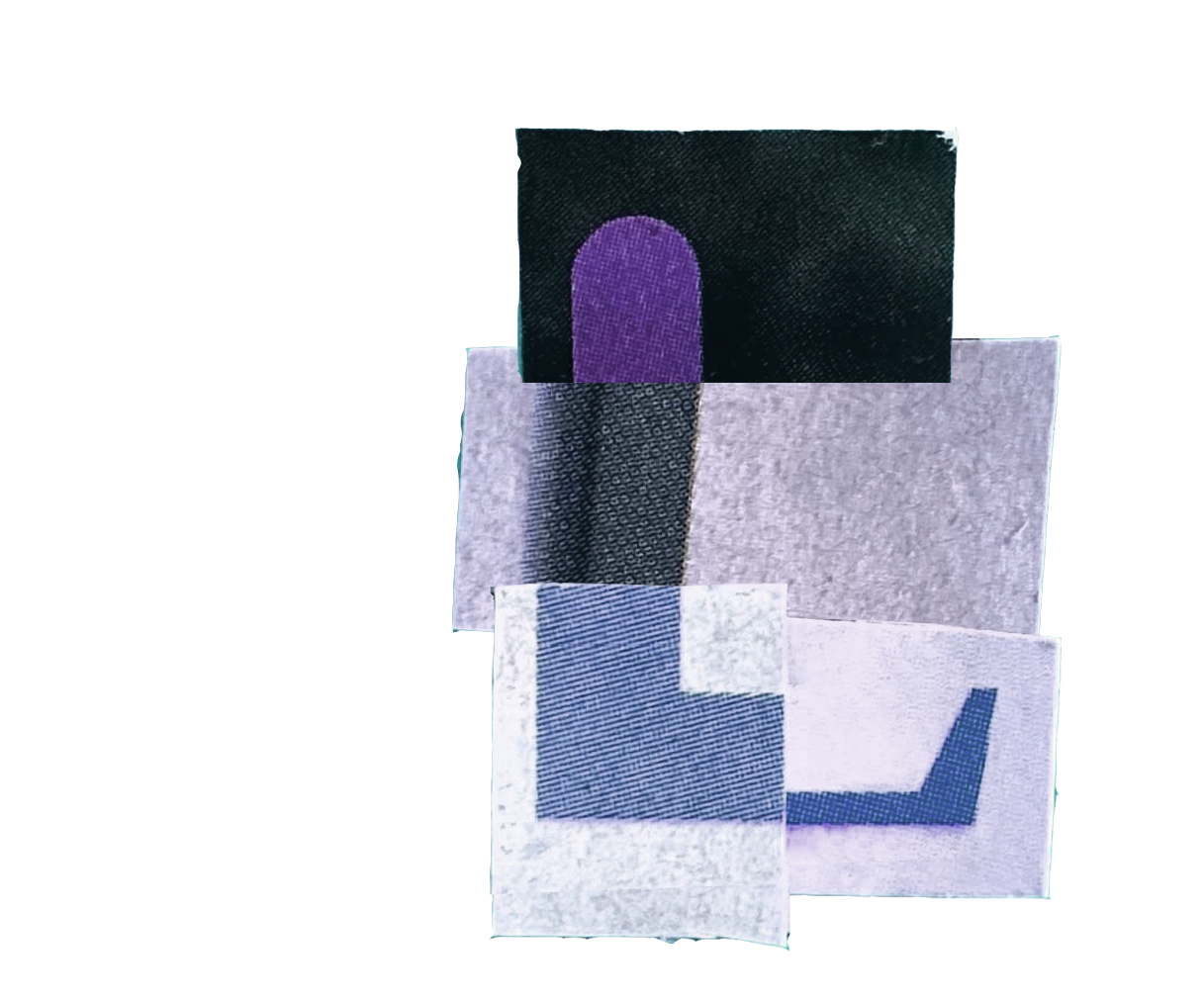“Beginning with the idea of a world of unlimited freedom where space, and in particular living space, could be designed solely in relation to ‘desire,’ I greatly wanted to move away from realities, such as class, and just dream.”
-bell hooks, Black Vernacular: Architecture as Cultural Space
What is Black Architecture? Can Black Architecture exist? Architecture is inherently a white (Eurocentric) practice; a tool for enabling and expressing power and wealth. The manipulation of space is a foundational practice of capitalism. Architecture is a weapon for control. Architecture forces its practitioners to assimilate in order to advance this control and continue practices that oppress individuals, cultural expressions, and personal identities.
Since their existence in America, Black people have been victims of capitalist structures; systematically oppressed and violently controlled. Black Americans have been denied the right to agency over the space they occupy. We are denied space, denied architecture. Black people are forced to navigate a “white” world. Black Architects, like in nearly all professions, are forced to deny our identity and assimilate into white practices, further contributing to an oppressive landscape that has historically delegitimize our existence as full human beings.
Black architecture does not exist. We must dream and imagine an existence in which we have the autonomy to design our space.
Black people are spatial activators. Our presence disrupts and disturbs designed space. Our expressions of joy and the loudness of our art shifts conceptions of space and can control how space is felt. This is powerful and valuable. This power exists beyond form; it is intangible.
INTENT
To create a method of space making that subverts traditional architectural practices and invites personal narratives and the fullness of the human experience. This project experiments with presence and absence; the presence of Black people and Black experience that can exist between the controlling aspects of form and architecture.
PRACTICE
This thesis uses filmmaking to capture the non-physical and intangible qualities of space. This is a practice of visualizing Blackness, existing free of control, and projecting it into space. The projections place Black people into space and force visitors to traverse through their presence. The displacement and density of the projection surfaces along with sound work to define space. Additionally, the reality of the projection allows visitors to inhabit this space.
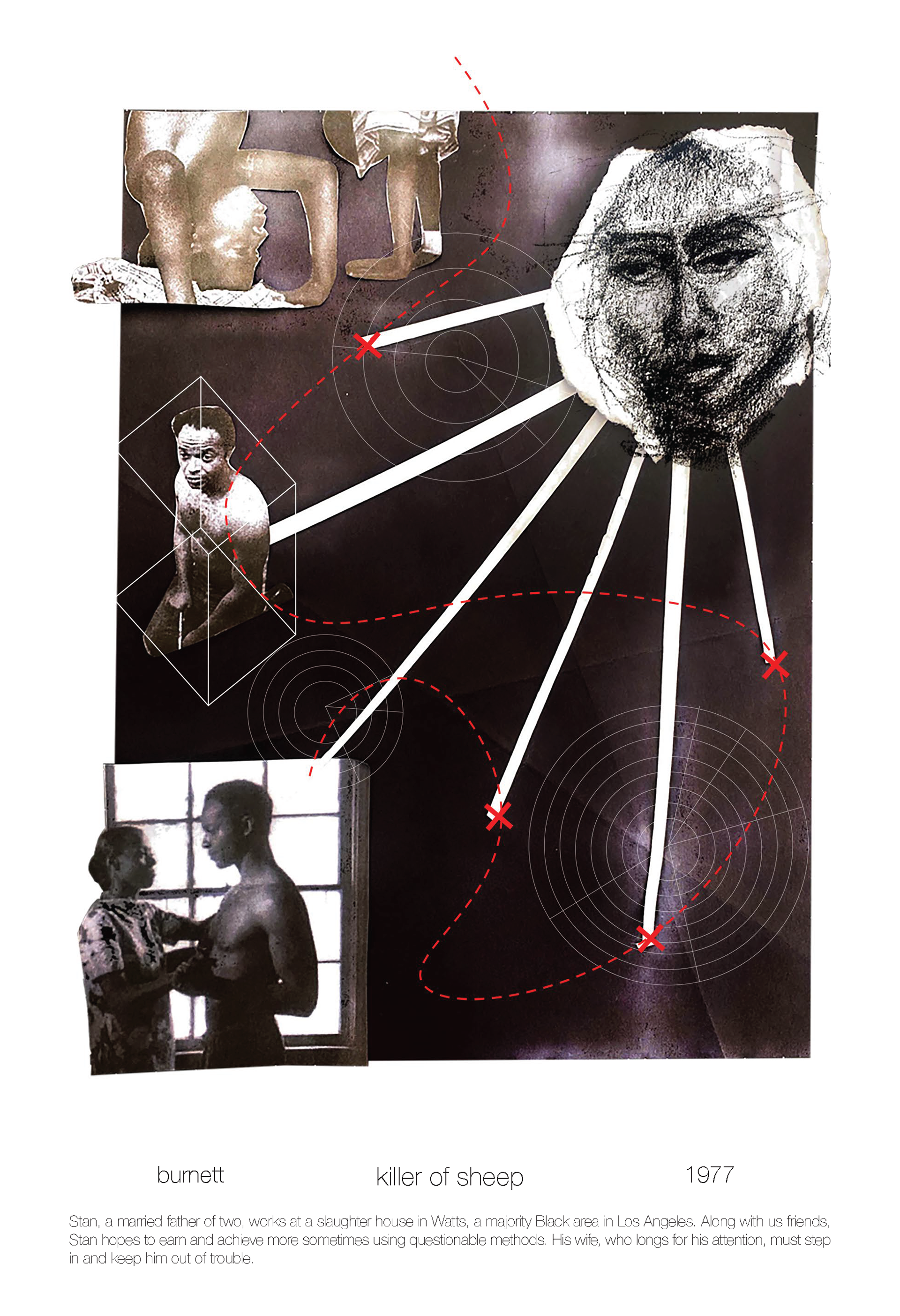
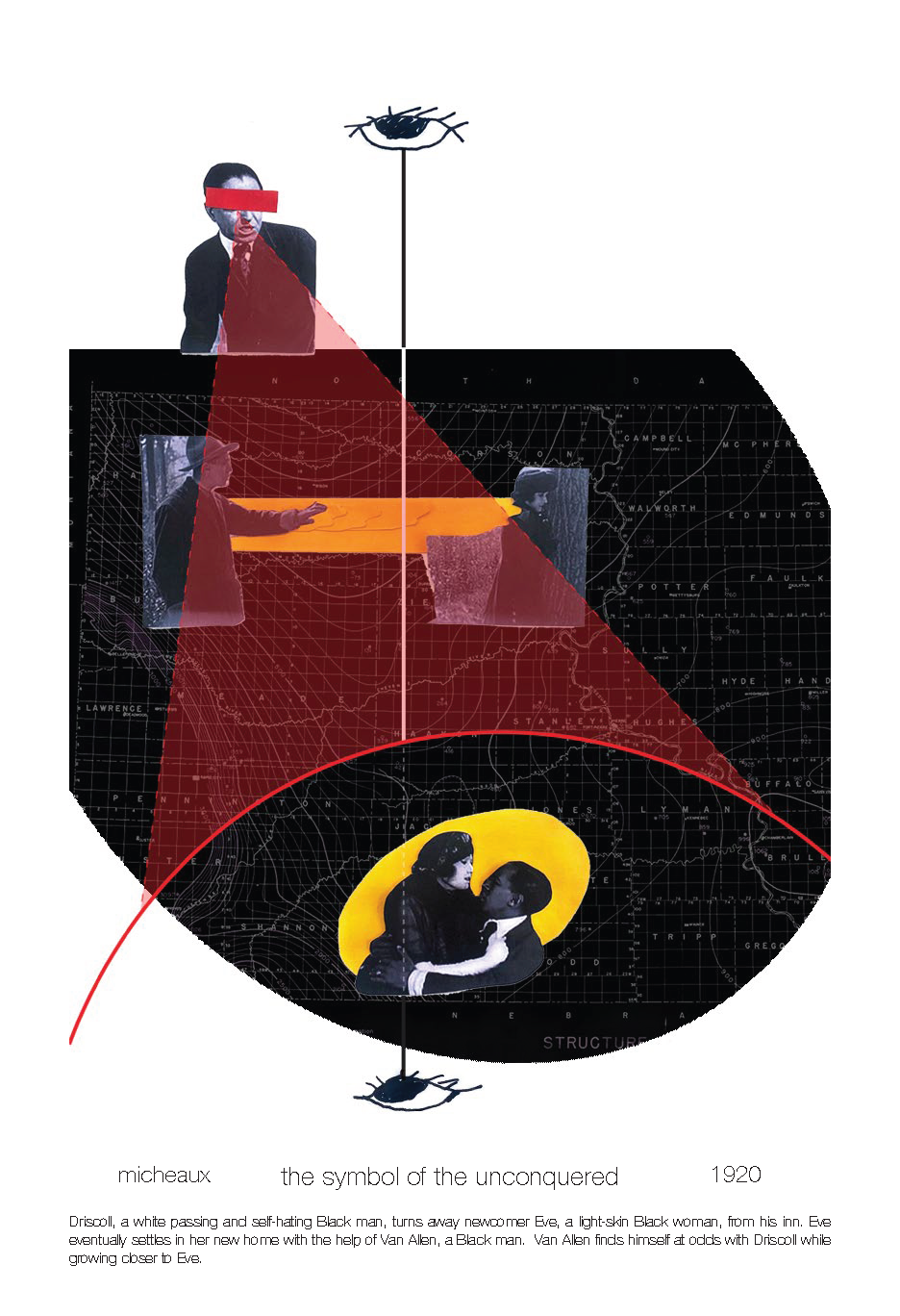
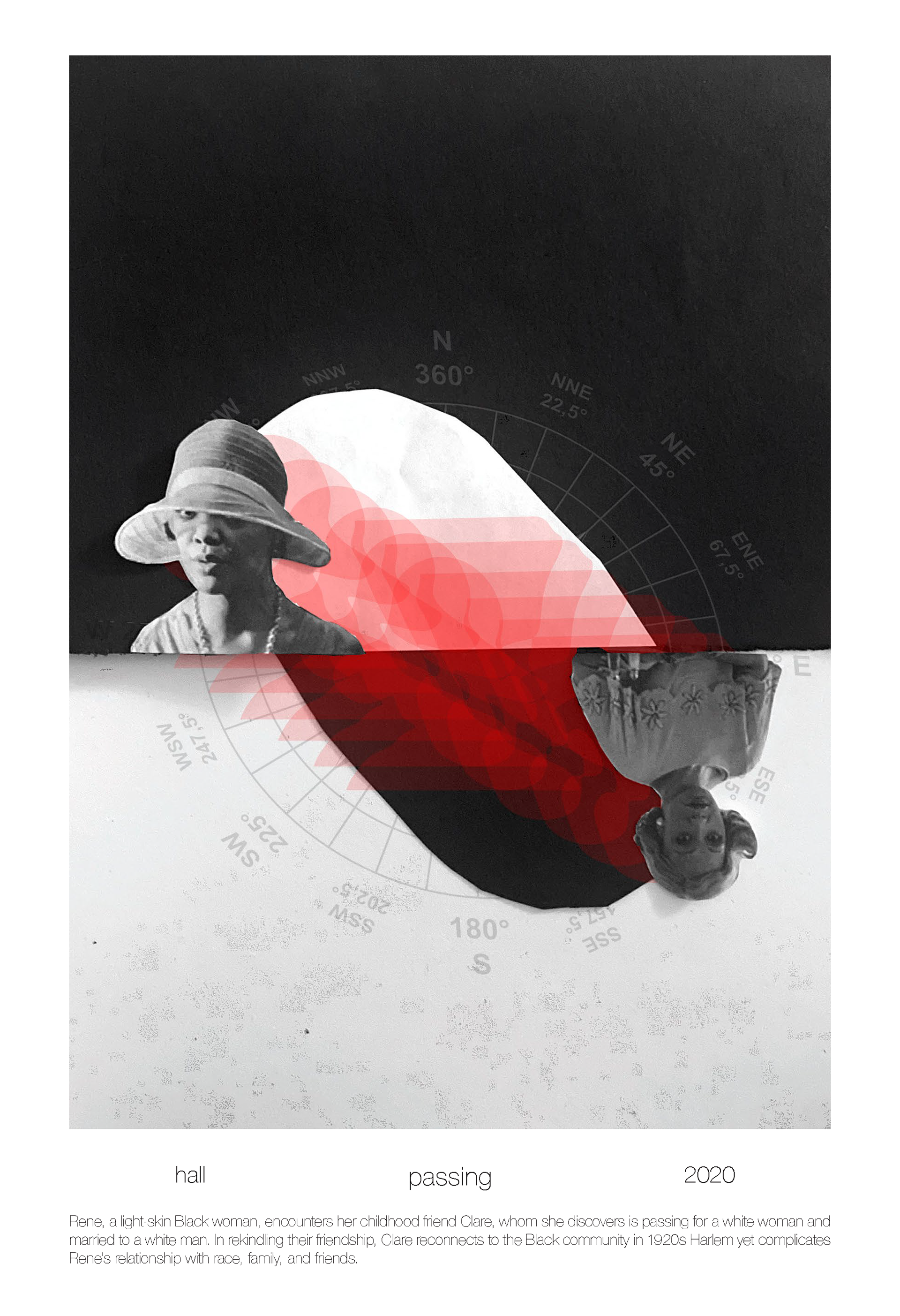
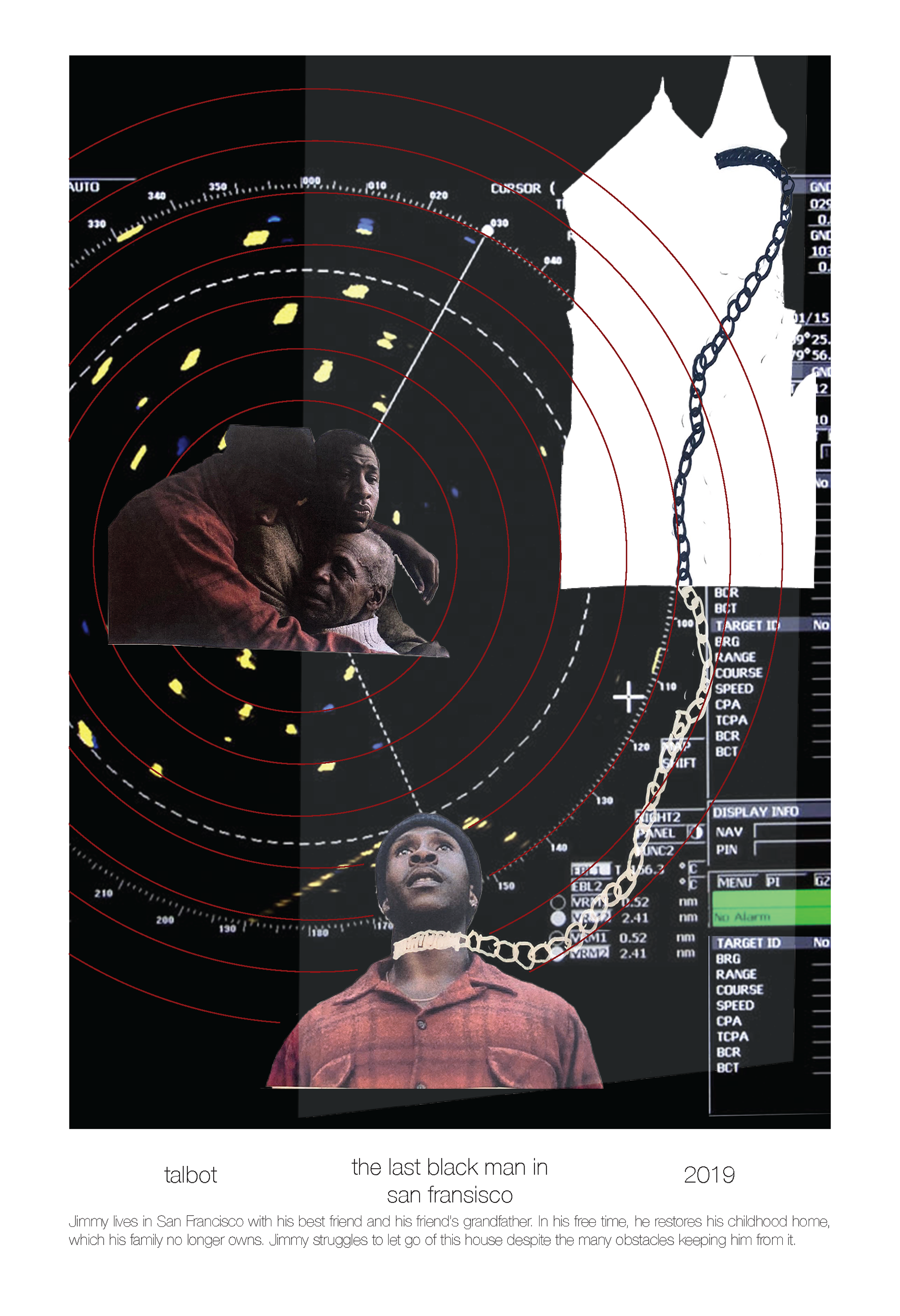

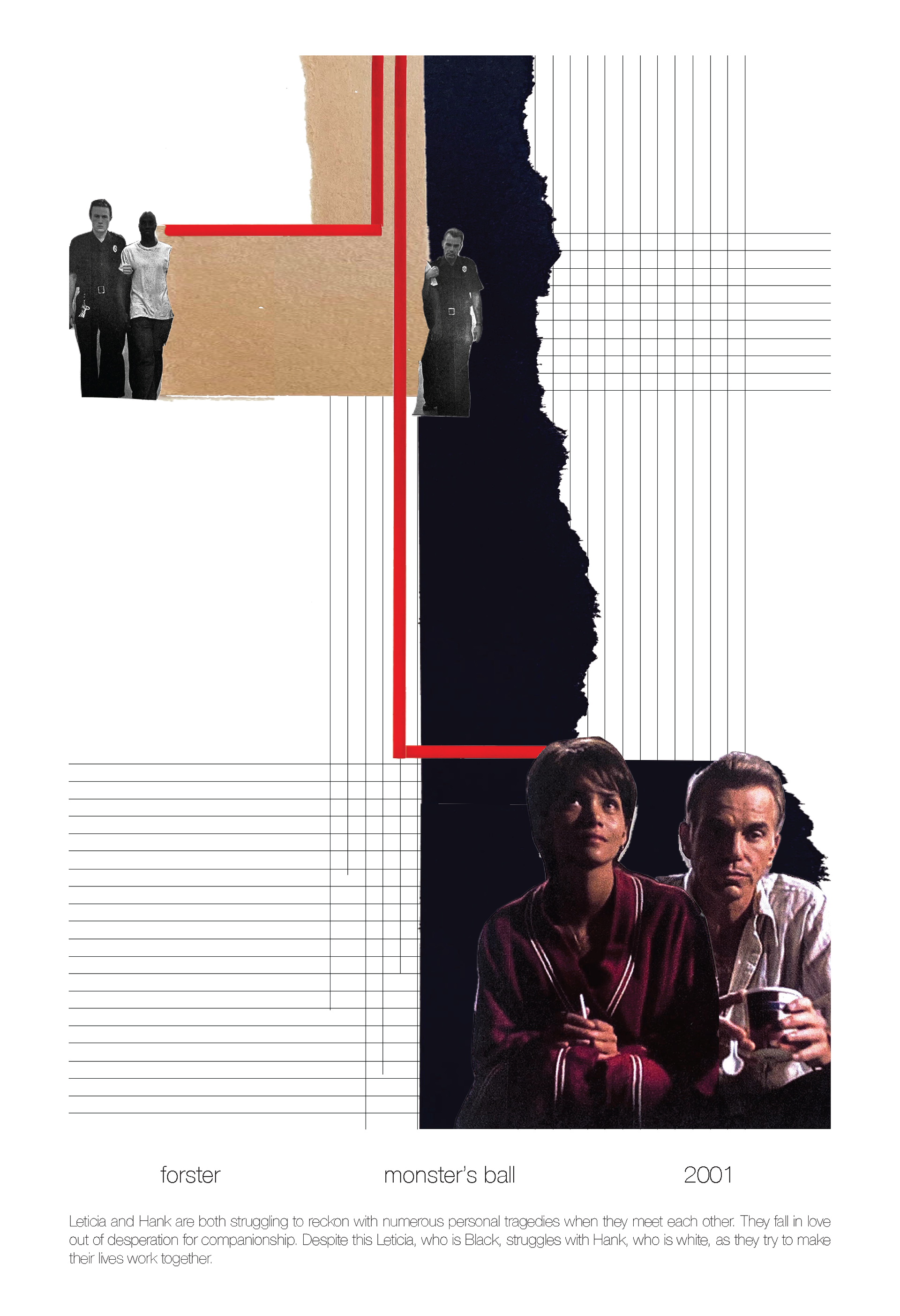
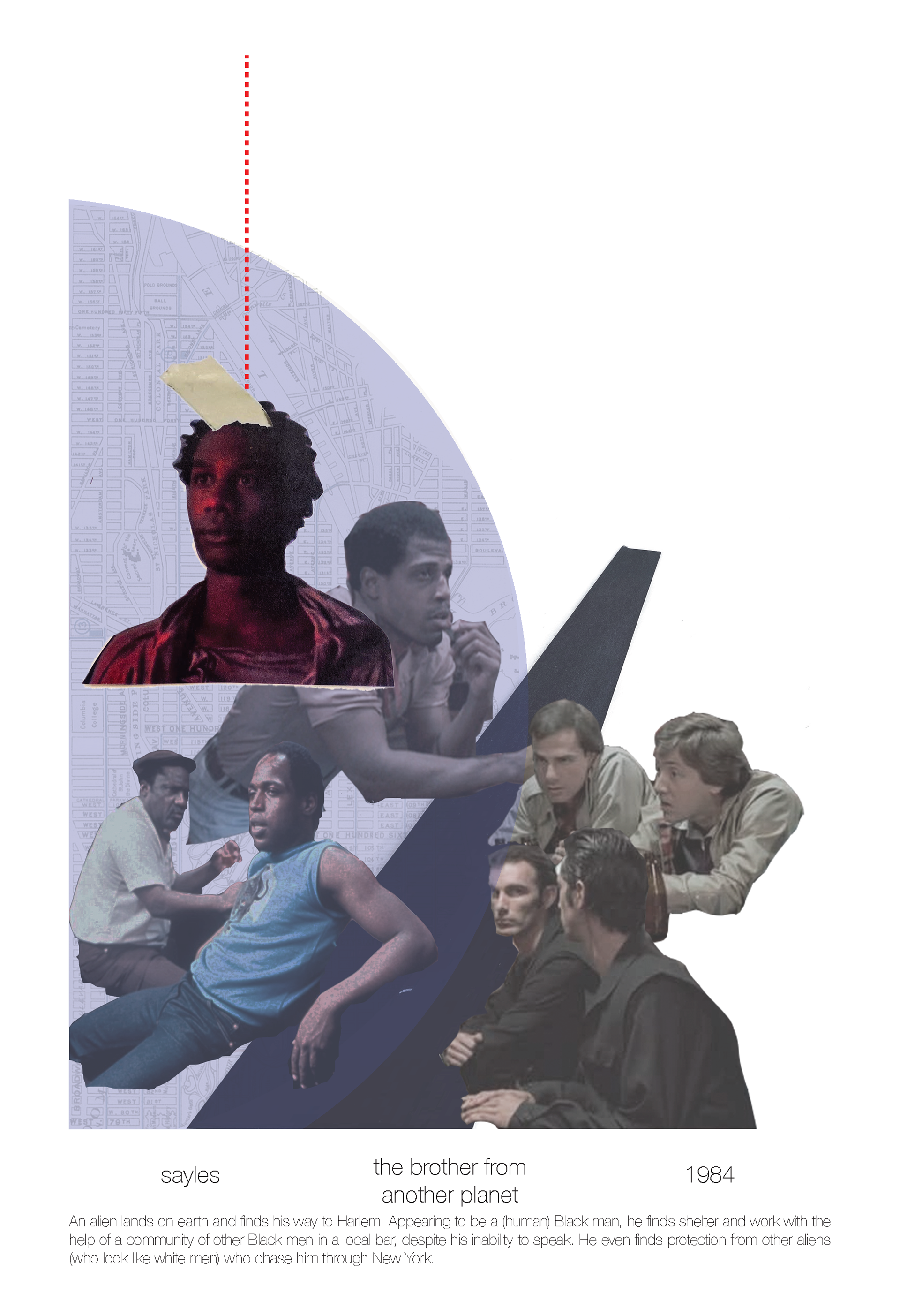
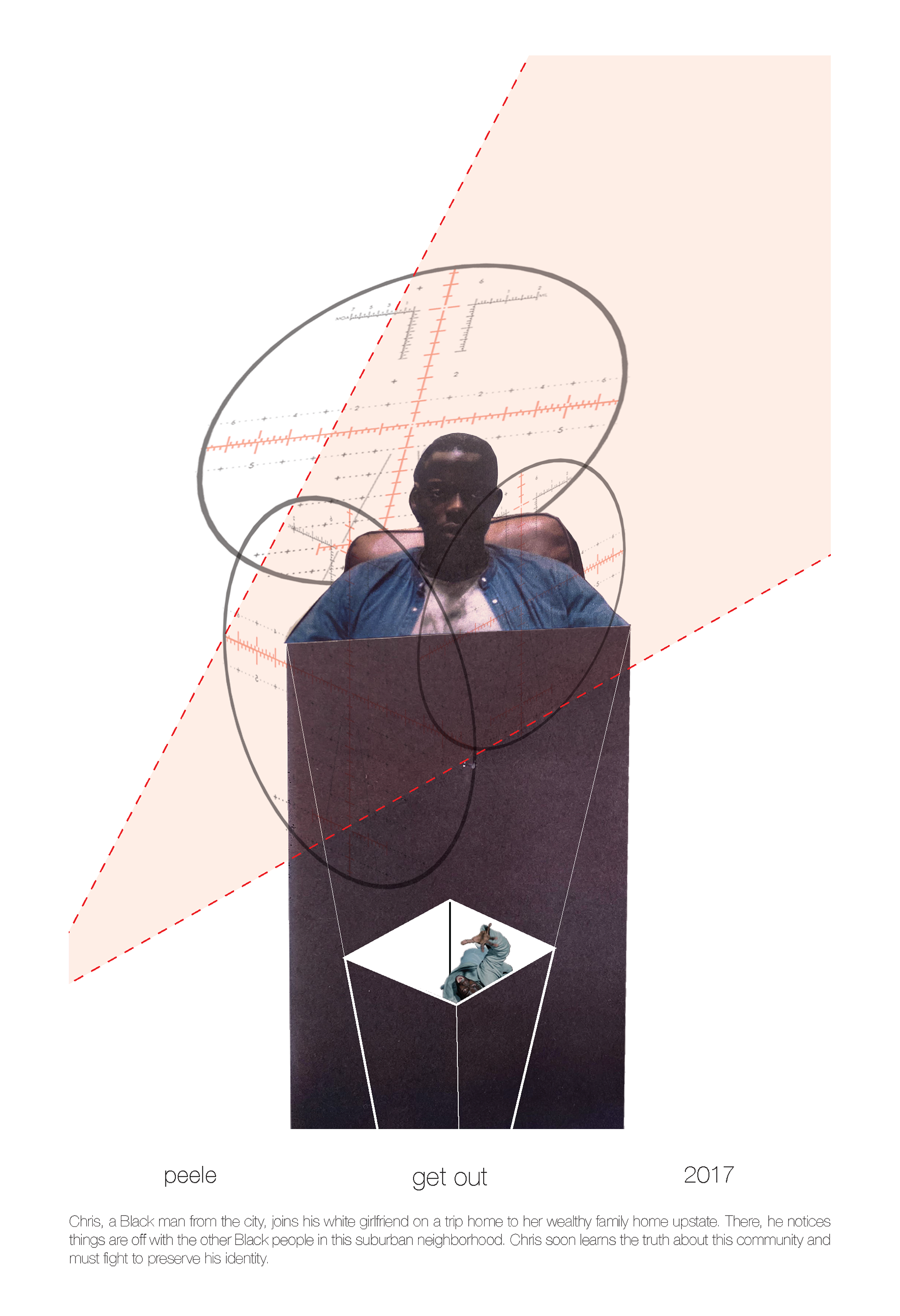
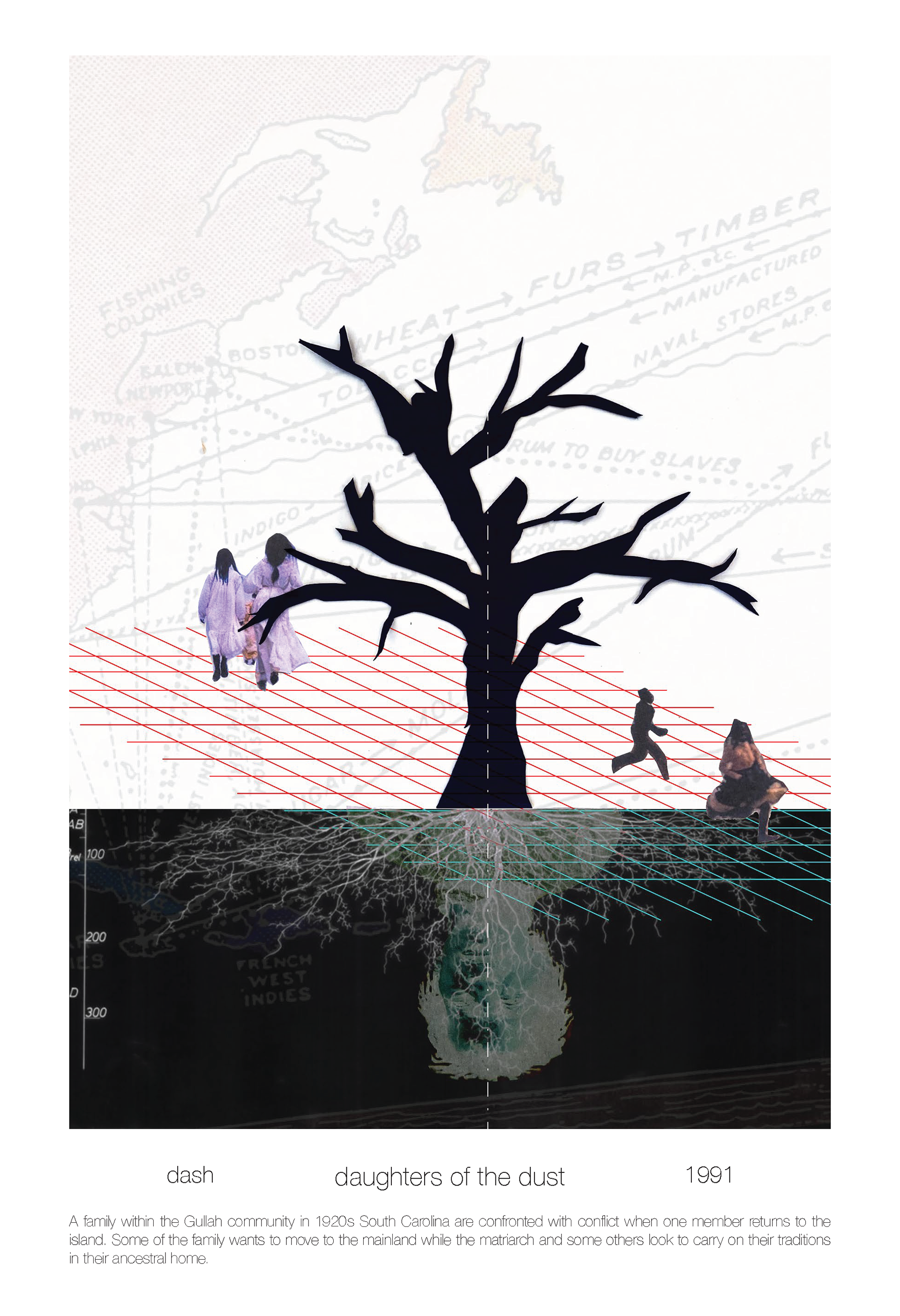
Architecture is inherently a white (Eurocentric) practice; a tool for enabling and expressing power and wealth; it is a weapon of capitalism used to control people and suppress individualism. Along with this, the control, oppression, and erasure of Black Americans is foundational to the history of the United States. Much of that control has been made possible by the tactical and systematic regulation of the Black body and physical spaces Black people and other minority groups occupy. Thus, an architecture centered in ideas of Black identity, needs, and desires cannot exist within traditional confines of Architecture as it is known in academia and in formal space-making/building practice/traditional practice.
Black people are spatial activators. Our presence disrupts and disturbs designed space. Our expressions of joy and the loudness of our art shifts conceptions of space. Our identities can control how space is felt, maneuvered and experienced. This is powerful and valuable. This is an intangible and non-physical power that expands beyond notions of space defined by form. The intent of this thesis is to create a method of space making that subverts traditional, form-dominated architectural practices and spatializes the fullness of the human experience.
Filmmaking has historically been a practice that questions the representation of reality and conventional methods capturing how the world is experienced. Through filmmaking and projection, I visualize Blackness, existing free of systemic control, and explore its capacity to manipulate space. The visitors’ navigation through the space, captures these non-physical and intangible qualities of space as they traverse through and inhabit projections Black people. This negates the confines of built form and resists the oppressive powers of architectural practice.
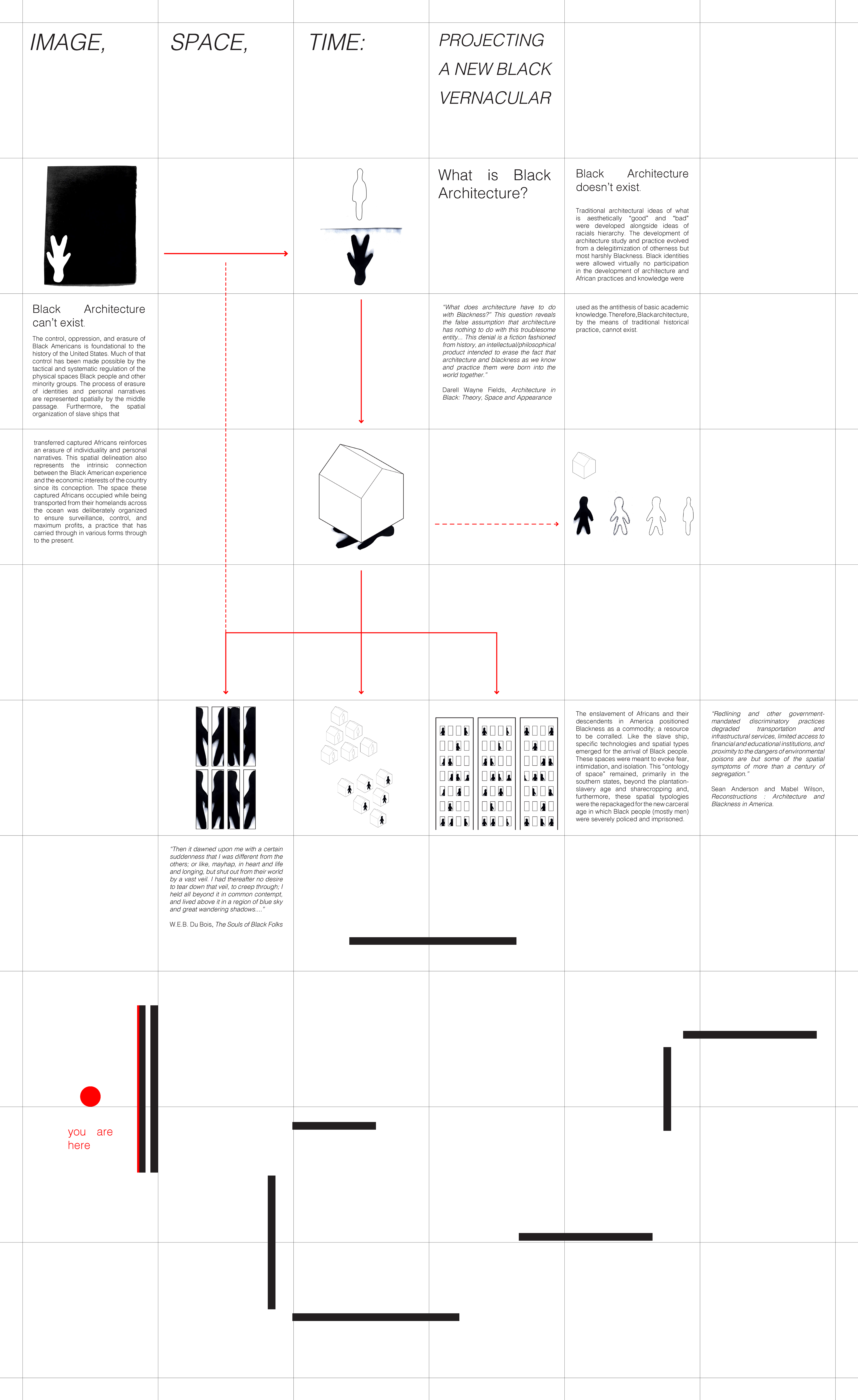

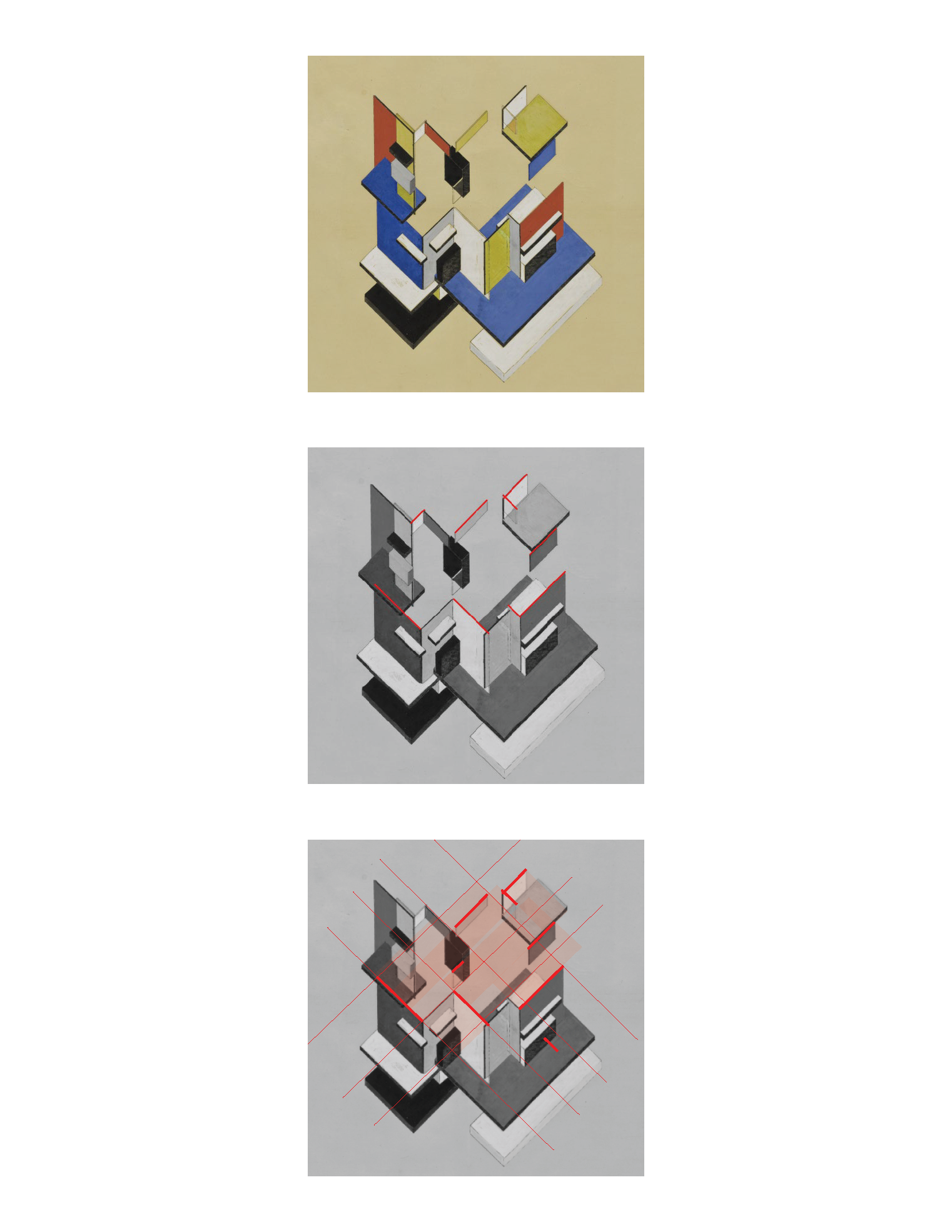
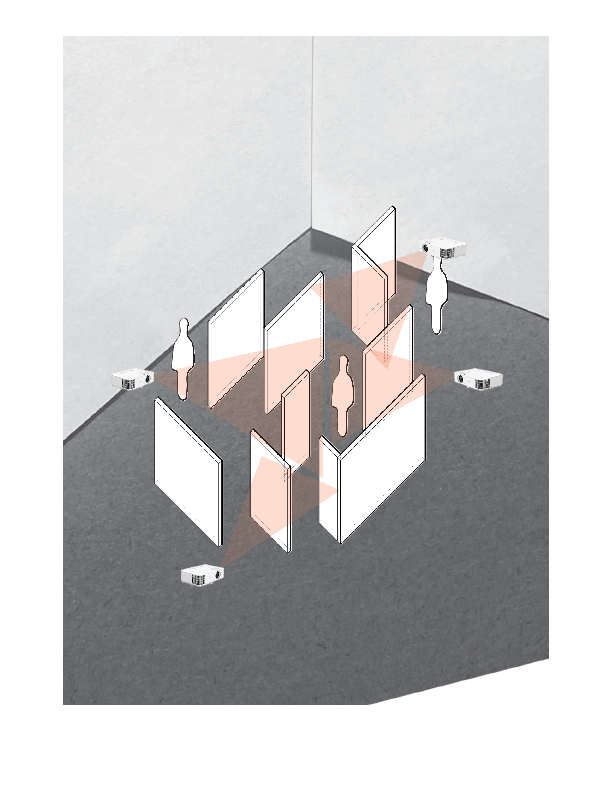
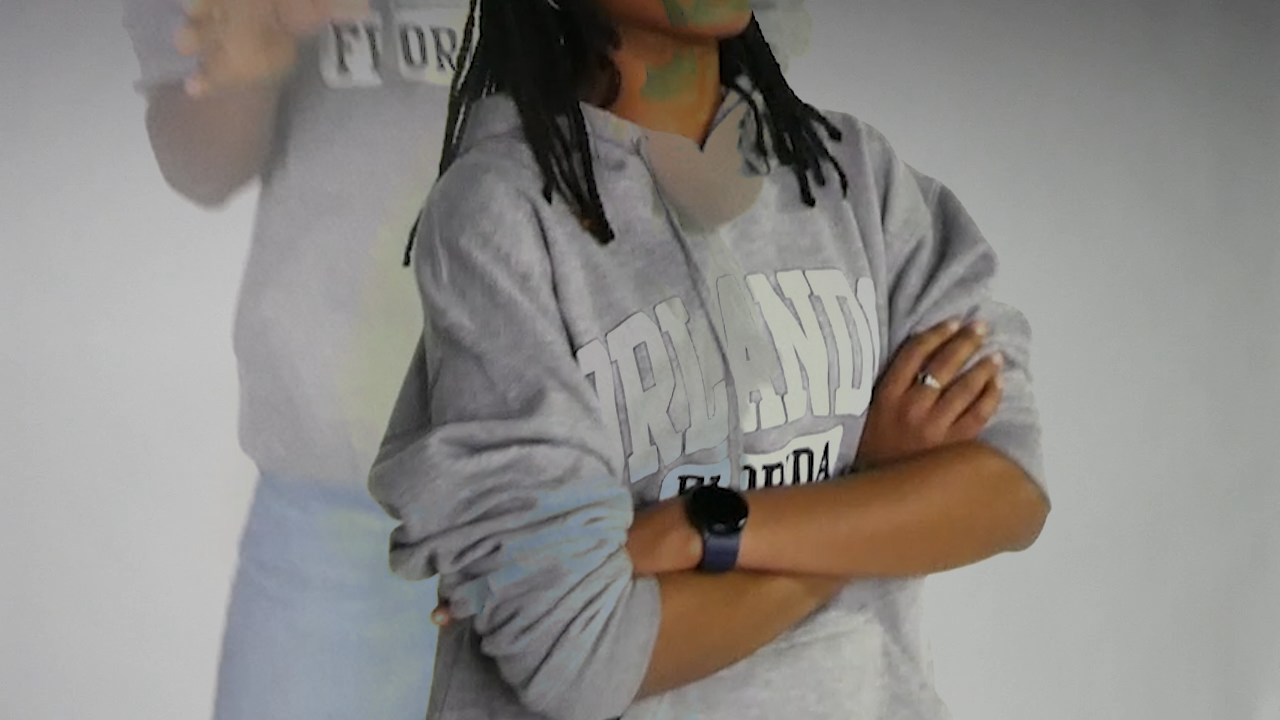
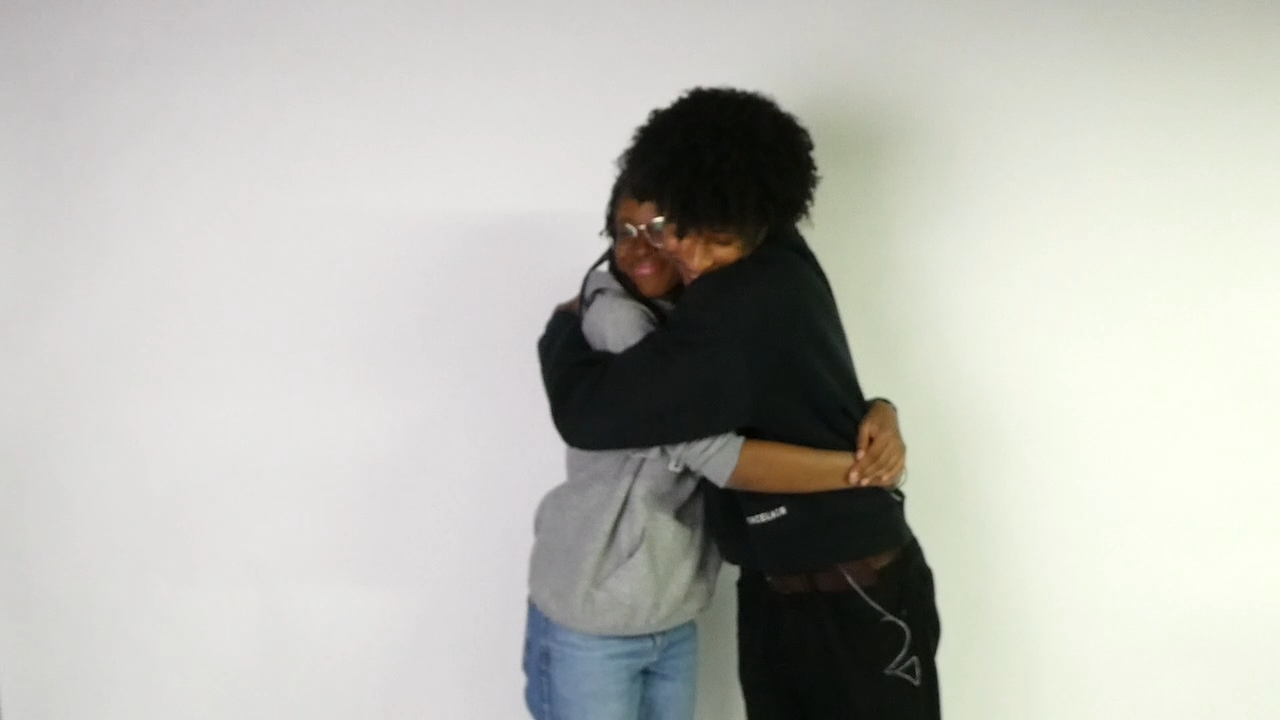
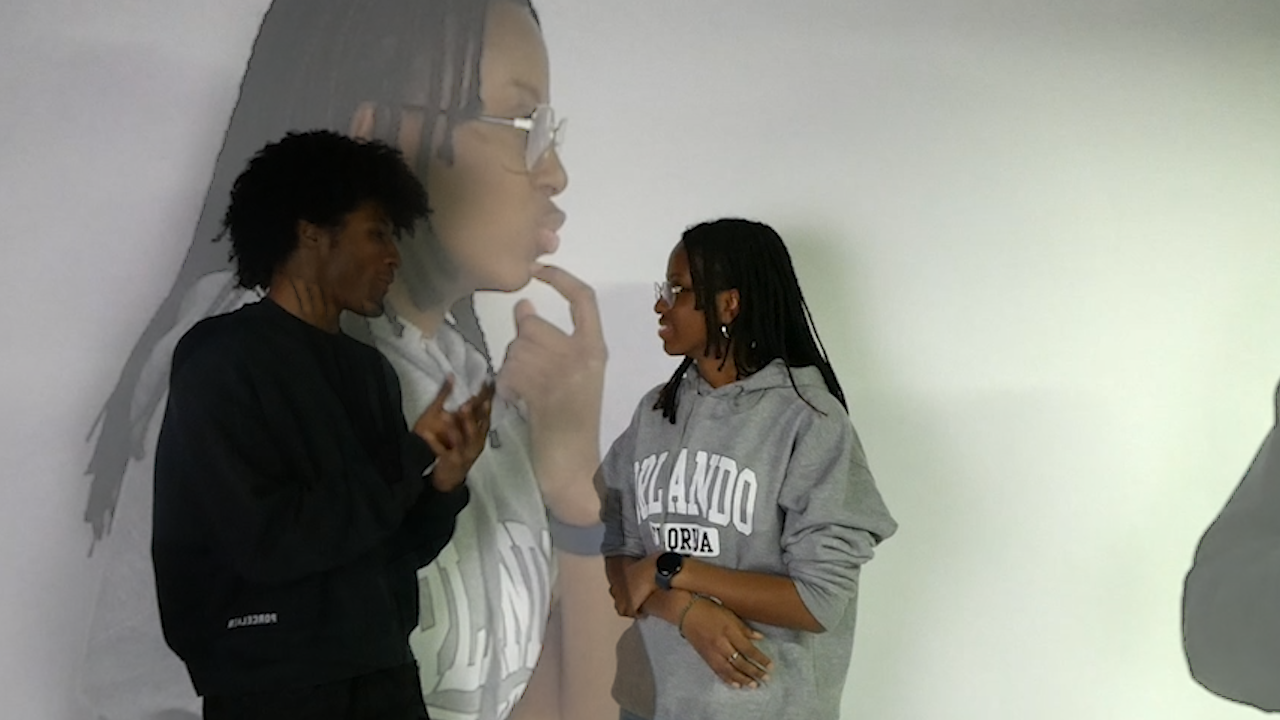

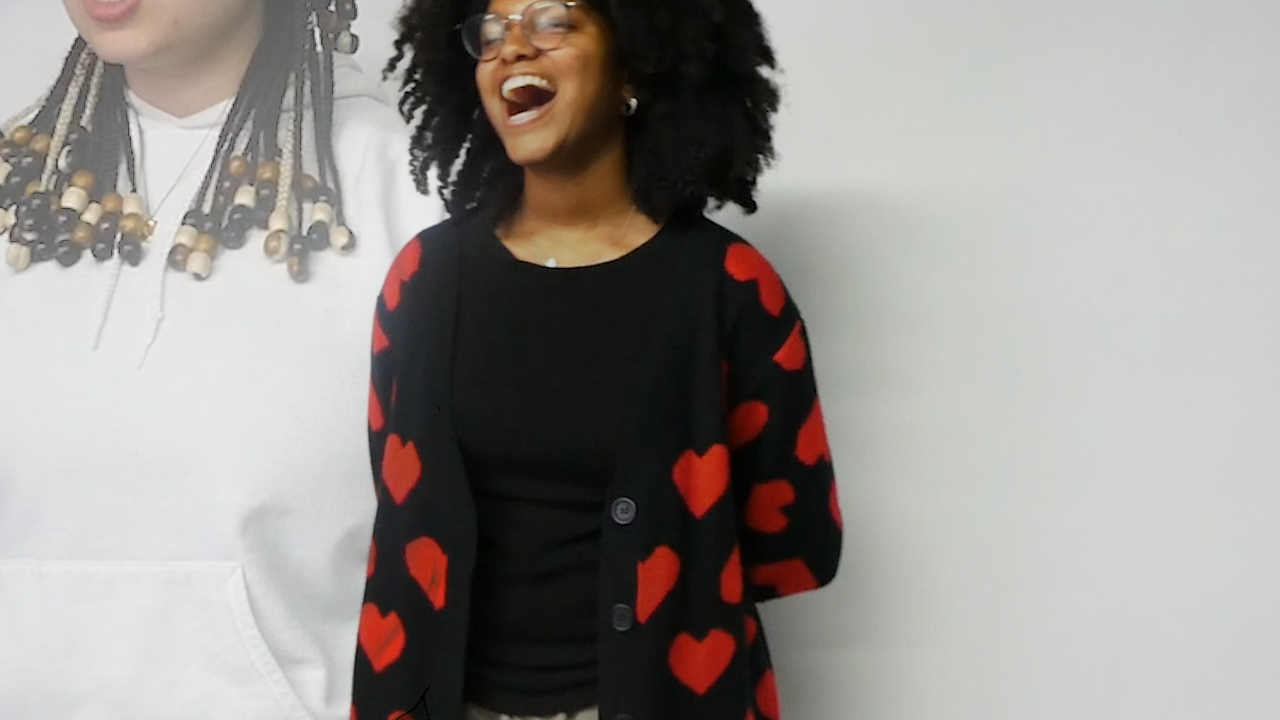

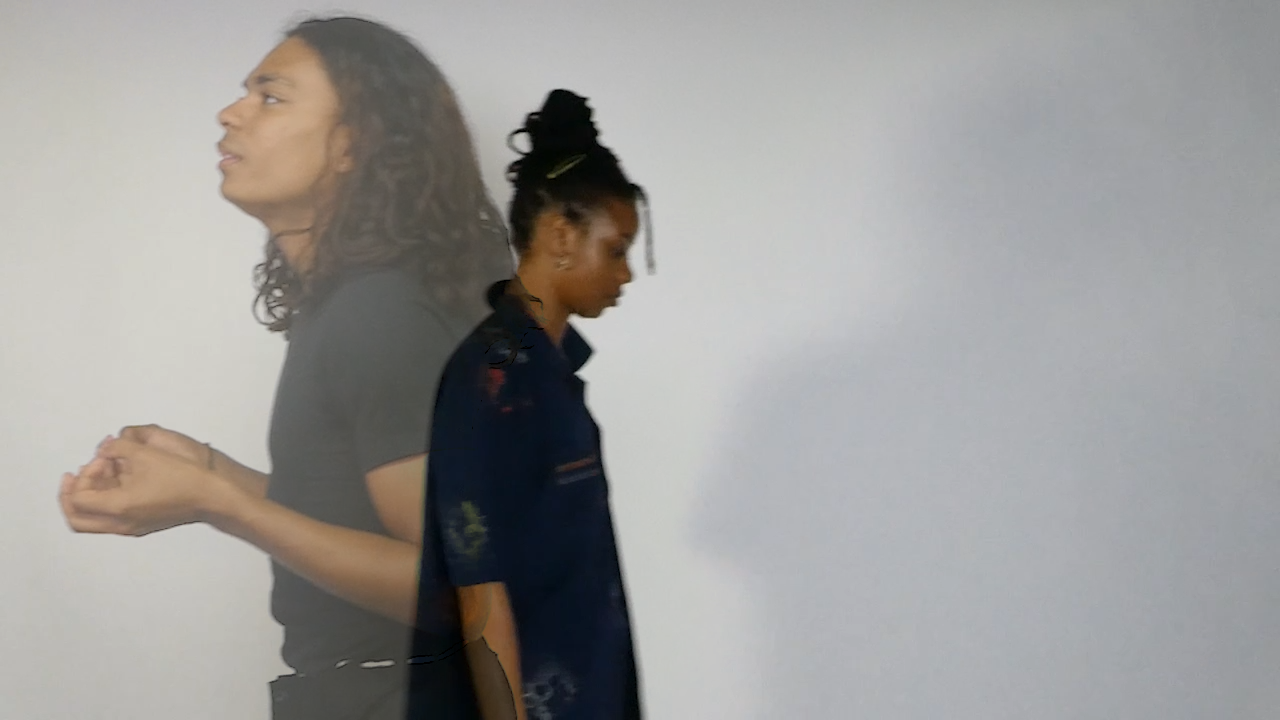
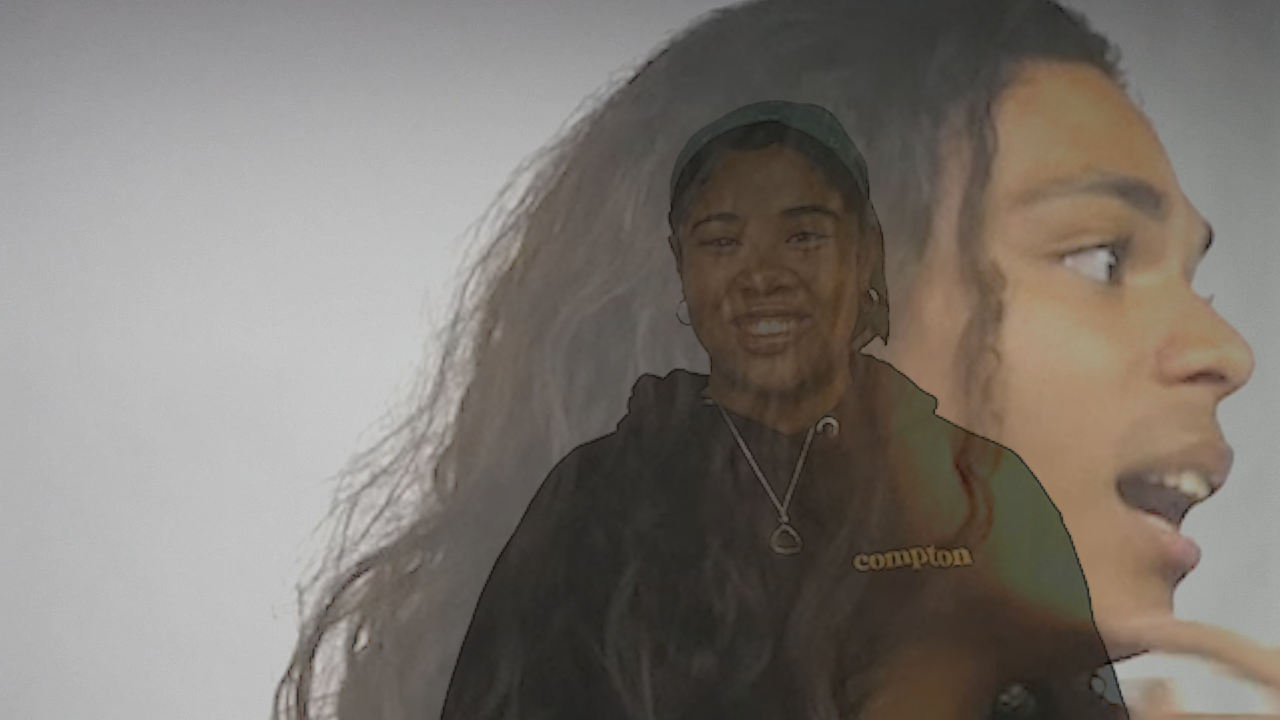

starring Lake, Ternilla, Starr, Elsie, Isis, Kennedy + Lydia
